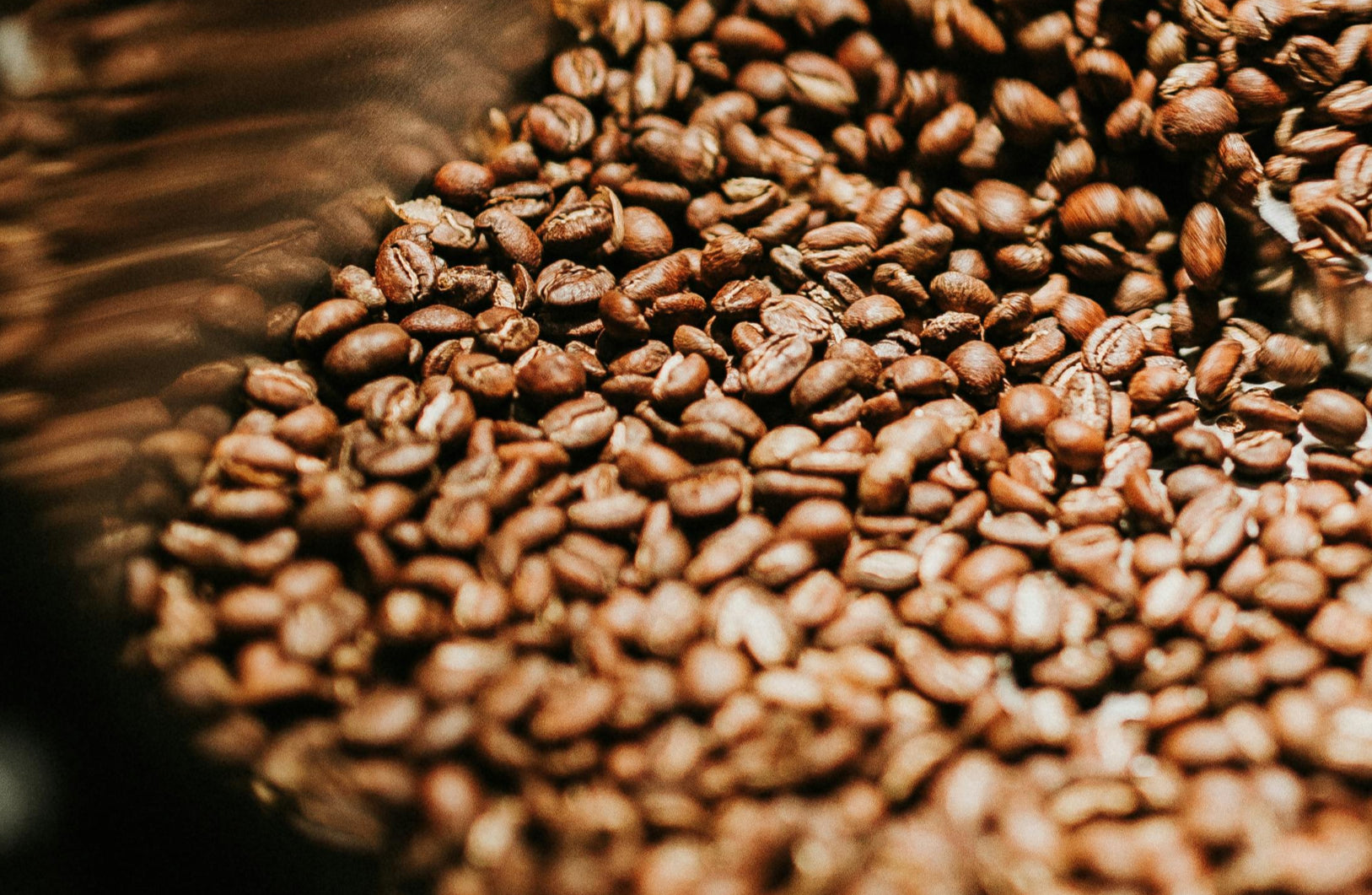
Blog
Blog

Shade Grown Coffee: What it means for you, the ...
Coffee grows on trees, but it can also grow underneath and around them. Coffee is sometimes labeled as "shade grown" and in order to understand the benefits of shade grown...
Shade Grown Coffee: What it means for you, the ...
Coffee grows on trees, but it can also grow underneath and around them. Coffee is sometimes labeled as "shade grown" and in order to understand the benefits of shade grown...

Is Coffee Sustainable? Learn what these 3 big c...
Gladys's husband and son unload coffee cherries Fair trade coffees and direct trade coffees aim to make coffee production a viable livelihood for farmers in the dozens of countries where...
Is Coffee Sustainable? Learn what these 3 big c...
Gladys's husband and son unload coffee cherries Fair trade coffees and direct trade coffees aim to make coffee production a viable livelihood for farmers in the dozens of countries where...